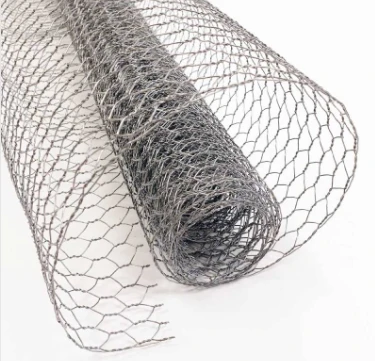Installing Barbed Wire Fencing for Enhanced Security and Protection of Property
Installing Barbed Wire on Top of a Fence A Practical Guide
Installing barbed wire on top of a fence can significantly enhance your property’s security. Whether you're aiming to protect livestock, secure a construction site, or simply keep trespassers at bay, barbed wire is an effective solution. This article will guide you through the process of installing barbed wire securely and safely.
Understanding the Basics of Barbed Wire
Barbed wire is a type of fencing wire that features sharp edges or points arranged at intervals. It’s typically made from galvanized steel, which prevents rust and ensures durability. The primary purpose of barbed wire is to deter intruders and animals, making it a popular choice for farms, ranches, and secure facilities.
Tools and Materials Needed
Before you begin your installation, gather the necessary tools and materials
1. Barbed Wire Rolls Purchase adequate lengths depending on your fence size. 2. Fence Posts Ensure you have sturdy posts installed at regular intervals, as they will support the barbed wire. 3. Tension Wire This will help to keep the barbed wire taut. 4. Post Hole Digger or Auger For installing new posts, if needed. 5. Wire Cutters For cutting the barbed wire to required lengths. 6. Gloves To protect your hands from sharp edges. 7. Staples or Wire Clips To secure the barbed wire to the posts. 8. Fence Stretching Device Optional, but useful for keeping the barbed wire tight.
Step-by-Step Installation Guide
1. Plan Your Layout Before you start, measure your fence and decide where the barbed wire will be placed. Typically, it is installed on the top strand of a fence.
installing barbed wire on top of fence

2. Prepare Your Posts If you’re adding barbed wire to an existing fence, ensure that the posts are strong enough to support the added weight and tension. If you're starting fresh, install your fence posts at intervals of 8 to 10 feet apart.
3. Attach Tension Wire If you’re using a tension wire, run it along the top of the posts before installing the barbed wire for additional support. Secure it with staples or wire clips.
4. Unroll the Barbed Wire Carefully unroll the barbed wire along the fence line. Ensure that you’re wearing gloves to protect your hands from cuts. Keep the wire taut to prevent sagging.
5. Secure the Barbed Wire Start at one end of the fence and attach the barbed wire to the posts using staples or wire clips. Make sure to secure it tightly to prevent any movement. Check that the barbs face outward to effectively deter intruders.
6. Stretch the Wire If using a fence stretching device, attach it to the end of the barbed wire and stretch it to your desired tension before securing it to the next post. This prevents sagging and ensures stability.
7. Finish Up Once you’ve run the entire length of the fence, cut any excess wire and secure the end with staples. Inspect the entire installation to ensure there are no loose ends or gaps.
8. Post-Installation Safety Check After your installation is complete, check the entire length of barbed wire for any sharp edges or areas that may pose a risk to animals or people. It’s vital to ensure the safety of your surroundings.
Conclusion
Installing barbed wire on top of a fence is a straightforward process that can greatly improve the security of your property. By following the steps outlined above, you can ensure a secure and effective installation. Remember to prioritize safety throughout the process, both for yourself and for anyone who might access your property in the future. With the right preparation and careful execution, your barbed wire fence will provide peace of mind and protection for years to come.
-
Space-Saving Chain Fence Hacks Vertical Gardening with Cyclone MeshNewsJul.16,2025
-
Innovations in Iron Nail Wire Production for Modern ConstructionNewsJul.16,2025
-
Creative Uses of Wire Netting Fence in Modern Landscape DesignNewsJul.16,2025
-
Barbed Wire Fence Innovations in Anti-Climb TechnologyNewsJul.16,2025
-
Architectural Uses of Umbrella Nails for Aesthetic Roof DesignsNewsJul.16,2025
-
Architectural Uses of Razor Barbed Wire in Secure Urban DesignNewsJul.16,2025




